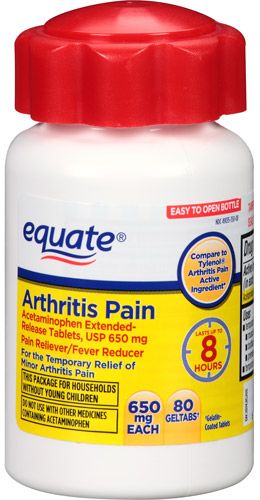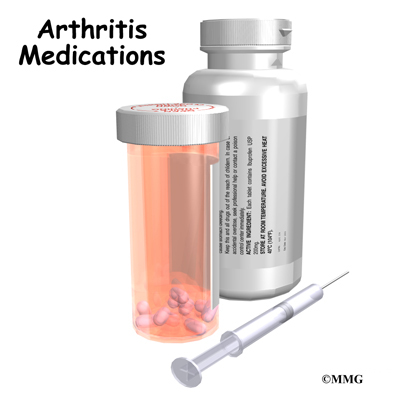Arterial fibrillation is a condition that develops within the walls of your blood vessels, and it occurs due to an irregular flow of blood through your heart.

Acute respiratory distress syndrome (ARDS) is a result of a build-up of fluid in the arterial walls, usually due to increased blood pressure or other cardiovascular problems.
When you have ARDS, fluid builds up inside your blood vessels, usually due to a build-up of fatty deposits (lipids) in the walls of your arteries. The extra fatty deposits prevent your blood vessels from opening wide enough so that enough blood can flow through them. The lack of adequate blood flow causes the walls of your arteries to harden and become narrow. This causes the blood to pool in your arterial walls and causes discomfort or pain in your chest area. This condition can eventually lead to a heart attack and can even be life threatening.
One of the most common symptoms of ARDS is shortness of breath. Patients who suffer from these symptoms often complain of chest pains and headaches. They are also likely to experience lightheadedness and dizziness.
There are a number of factors that may cause ARDs. These include chronic illness, high blood pressure, high cholesterol levels, obesity, smoking, exposure to chemicals and even heredity. The cause of your ARD will determine the treatment that you can expect. ARDs are usually treated using non-steroidal anti-inflammatory drugs (NSAIDs), such as ibuprofen and acetaminophen, in addition to treatment for the underlying cause of your symptoms. For more severe cases of ards, surgery may be used.
Many people who suffer from ards opt for surgery to treat their symptoms, but some choose not to. This is often a personal decision because it has a huge effect on how you live your life and affects your ability to do your job and carry out other activities.
ARDs are generally treatable with non-invasive treatments that don’t require surgery. If you choose to wait for your symptoms to go away, then you may experience some relief from NSAIDs, or you may be given a prescription for antibiotics to kill bacteria that can be responsible for your ards. flare-ups. There are other non-invasive treatments available, including physical therapy, counseling, and exercise.
Non-steroidal anti-inflammatory drugs (NSAIDs) are very effective in treating ards. Although they are more expensive than other types of treatment, they are effective.

You should talk to your doctor to find out if these types of medications are suitable for you. In some cases, you may be given medication to help control your symptoms. It is best to take them for the long term because they do not work overnight, but over time.
If you suffer from chronic health conditions such as diabetes or heart disease, you may also be prescribed medications to reduce the inflammation of your arteries. Blood pressure and cholesterol levels may be adjusted to keep your heart and other organs healthy. Your doctor may also recommend that you undergo physical therapy to strengthen your heart muscle. Exercise is also important for reducing the risk of having ARDs.
Physical therapy can also help you to overcome depression, anxiety and other stress related disorders. It can also help you cope with the physical pain and discomfort that accompany ARDs. Physical therapy can be used to prevent future ards from occurring in the first place. Physical therapy helps you to prepare for your future by teaching you new skills and making changes to your lifestyle. You can learn how to walk again, use crutches or other rehabilitation tools, or use an air compression device to reduce the amount of swelling in your legs.
Your doctor may decide that ards treatments are not for you. This is because your case of ards is so severe that surgery may be recommended. You may have to have multiple treatments to get rid of your ards and prevent them from recurring. from occurring again.
If you are looking for a medical procedure for your ards, talk to your doctor and make sure that you understand all of the pros and cons of each one before making a decision. You may be surprised at what you learn!
A medical procedure to treat your ards is not a quick fix. You may have to take these treatments for many years before you see results. Some types of treatments, such as NSAIDs, may stop your symptoms, but there is no guarantee that your symptoms will go away completely. If you have chronic problems, then you may have to wait for several months to several years before you see relief, if you ever get relief at all.